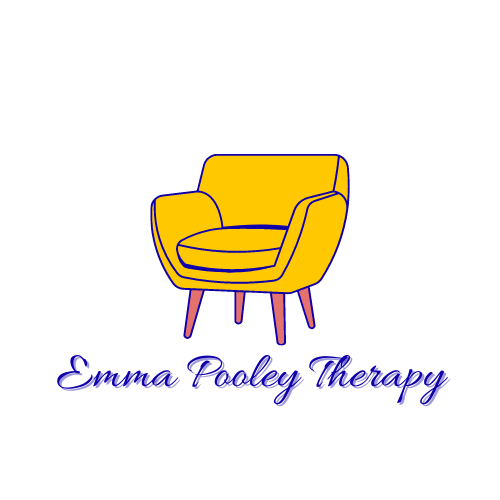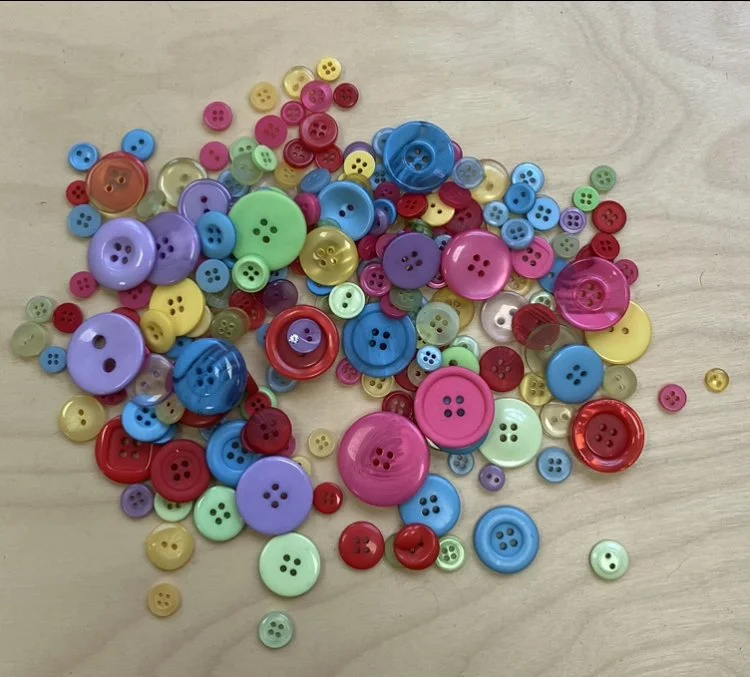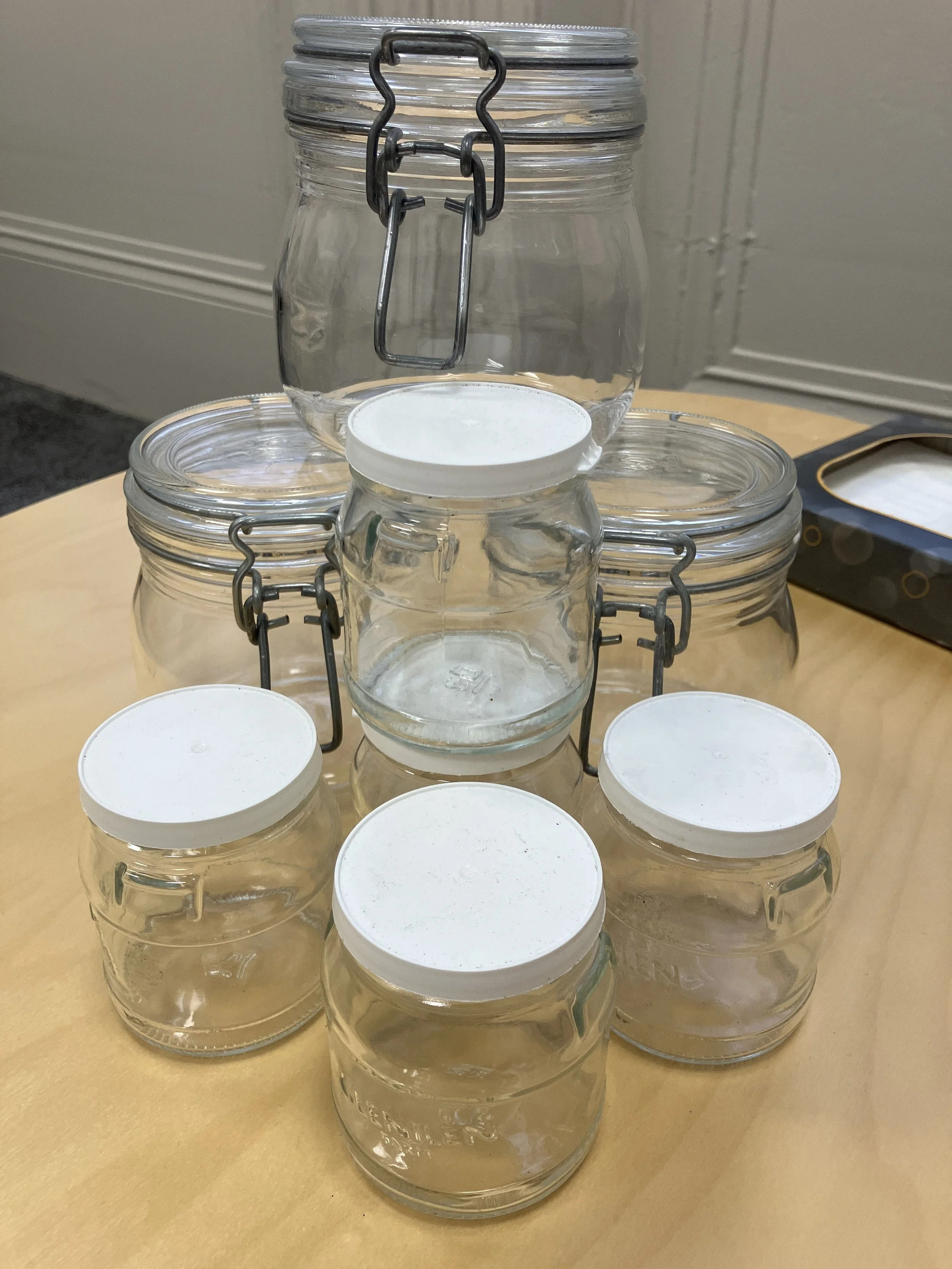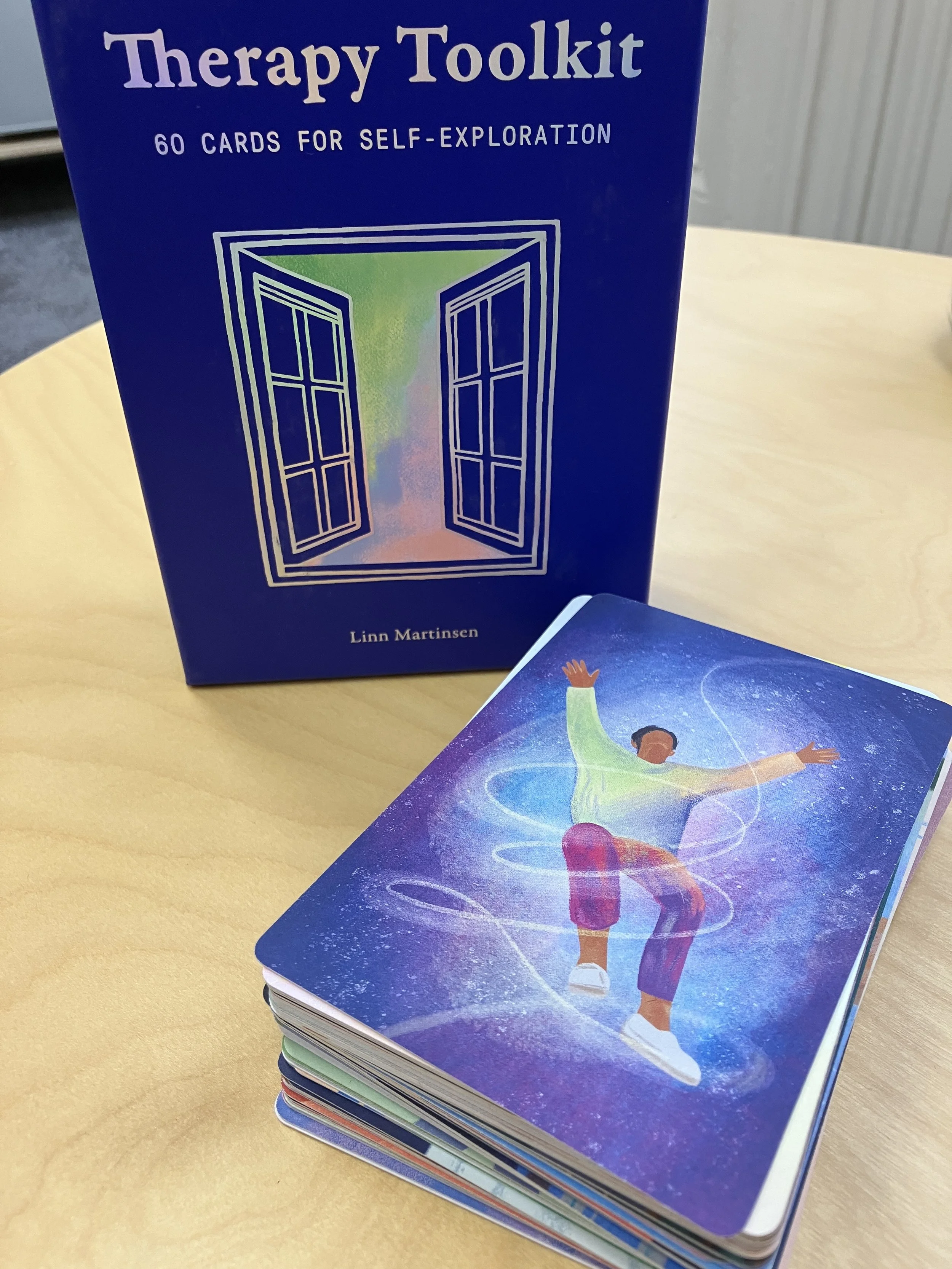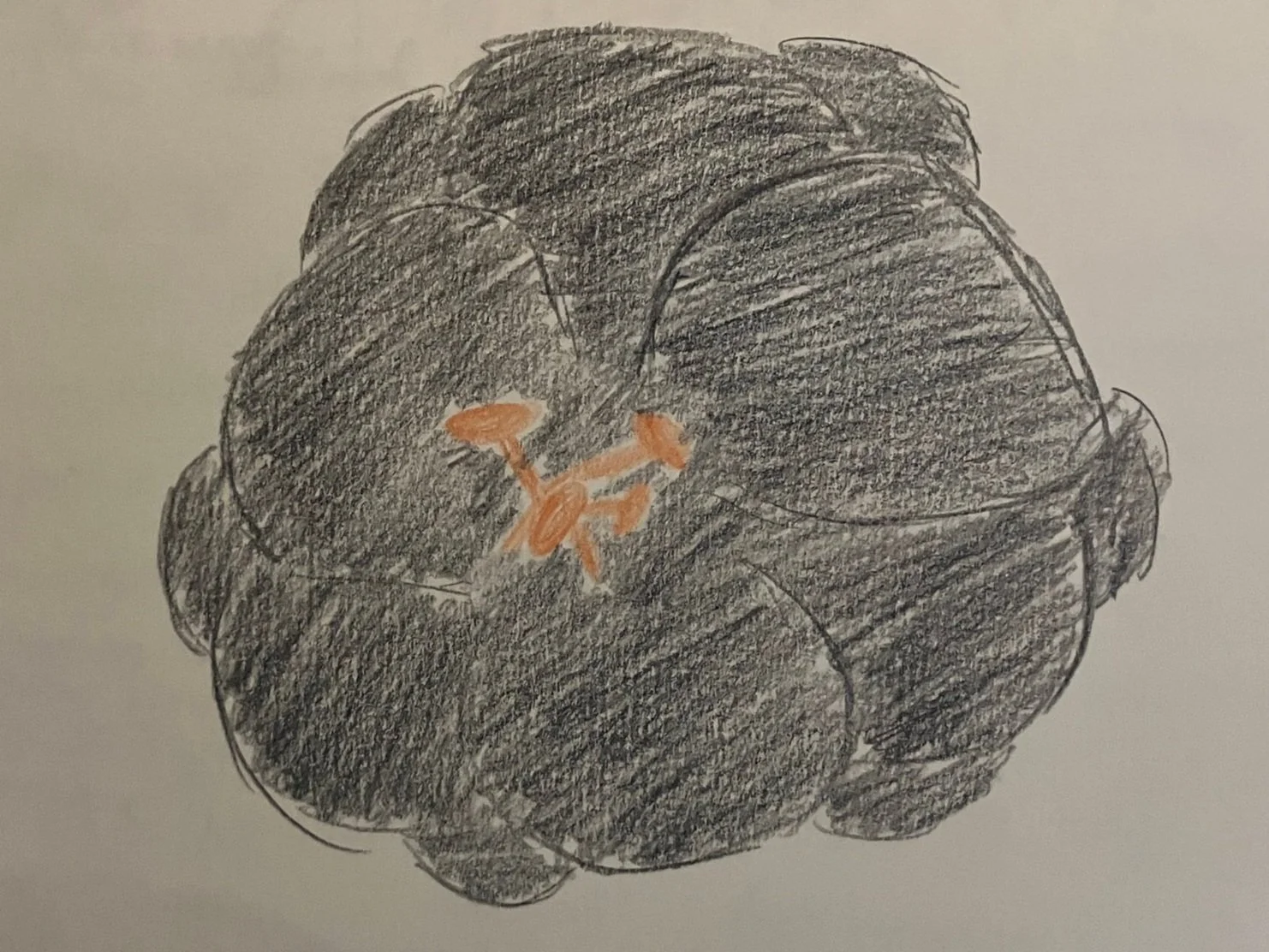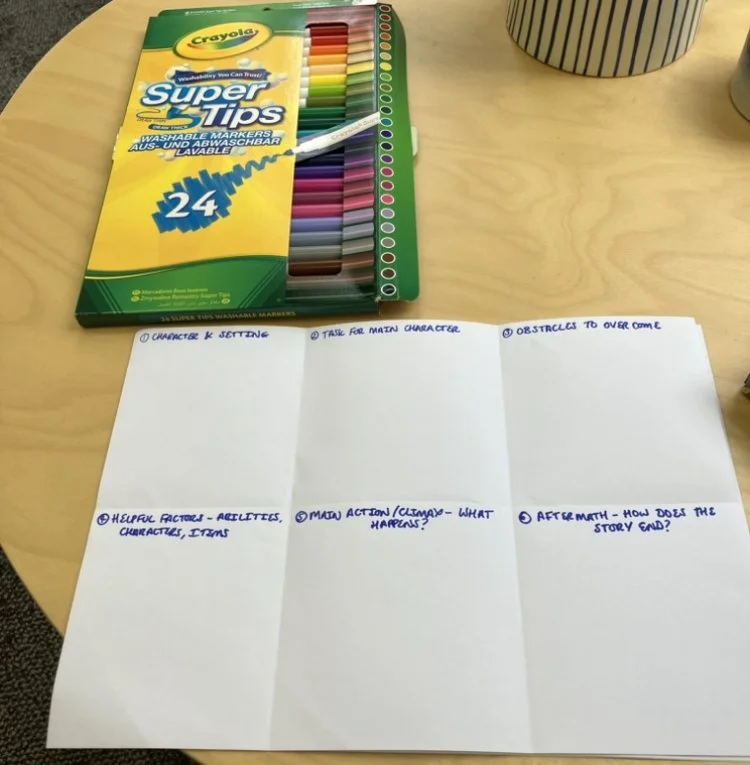5 Creative Techniques I Use in Therapy
Although talking therapy is undoubtedly effective for many people, in the 6 years that I’ve been in clinical practice, I’ve noticed how much insight and awareness can be accessed when creative techniques are introduced. Before I highlight and explain 5 of the techniques that I use in sessions, there are a couple of disclaimers to be aware of.
I always ask a client if they’d be open to trying a creative technique before doing so, and take time to explain how it’s intended to work and to answer any questions they have. It’s vital that they know that even if they initially say they’d like to do so, they can change their mind at any point.
Creative techniques are specifically aimed at accessing unconscious material that may be outside of a client’s awareness. This means that it can bring up unexpected and potentially difficult memories and feelings that the client hadn’t been able to access before engaging with the creative technique. It’s essential that there is enough time and space for the client to be able to connect and sit with their feelings, and to explore what came up for them once they feel more grounded and able to talk about it.
Now that’s out of the way, let’s dive in to 5 creative techniques I use in therapy with my clients.
Buttons
Some of the buttons clients can use in sessions
One of the resources I use regularly that can help clients to express themselves is buttons. I keep a jar of them on the table near to the client sofa so that they’re within easy reach, and the buttons themselves are all sorts of different colours, shapes and sizes.
The client will usually pick out specific buttons they feel drawn to, then move them around to demonstrate all sorts of things that may be going on in their real life, as well as in their thoughts and feelings. Here are some examples:
- A client can use them to show me the dynamics in relationships or their biggest worries.
- They can use them to show me how they’re feeling, what’s happened that’s connected to the feelings, and how big their feelings are.
- And they can use them to show me the people, events and issues that are most significant in their lives at that moment.
Working in this way can help clients to connect with themselves at a deeper level, and gives me valuable insights into what they might need support with. If you’re worried about not having the words to explain how you’re feeling, this might be a gentle way to help you to express them.
Jars (or similar containers)
A stack of some of the jars available to clients that are varied in size and shape
If a client is happy to try this technique, I will invite them to choose a jar or other container that they feel drawn to. It’s important to go with the instinctive choice rather than trying to “reason” it out, as we want to tap into the unconscious process. Once they’ve chosen their container, the client can choose the objects they’d like to put into it.
Some will do this silently, while others will talk as they go. Whether they’ve talked me through each step or not, once they feel like it’s complete, we will discuss the thoughts and feelings that came up for them, and what they notice about it.
Here are some other things to be aware of:
It’s very common for the jar or container itself to represent the mind or body, so the size, shape and colour of it can be very important.
A client can put the objects that are going to represent their feelings / thoughts / worries / things they’re grateful for into the jar in whatever way works best for them.
There may be a significance to how full or empty the container becomes, as well as the choice of colour(s), texture and size of the objects that go into it.
It’s amazing to hear the unexpected insights and connections that clients are able to make from something as deceptively simple as filling jars!
‘Therapy Toolkit’ cards by Linn Martinsen (or similar image cards)
The ‘Therapy Toolkit’ cards created by Linn Martinsen that have images on them that are designed to encourage self-reflection and exploration (other card sets are available)
There are all sorts of image cards that can be used for this technique (even picture-postcards can be effective, as long as there is no writing on them), but I’ve found that this set has been especially effective. In this particular deck, there are 60 image cards that the creator has designed, and she has put her interpretation of the meanings on the back of each one.
When I use these cards with clients, I encourage them to focus on the images and to choose the ones they’re instinctively drawn to whilst ignoring the interpretation on the back. They can then connect with their own intuitive meaning and interpretation in response to the image itself. This information is incredibly significant, as it is likely to highlight the client’s own feelings and experiences, rather than the ones they think they “should” have to the cards.
I have found that the cards clients intuitively pick tend to be very revealing, and often unlock a new layer in our work together. It’s also common for their reason for selecting particular cards to align with the creator’s interpretation on the back, which I find absolutely fascinating!
Images (drawn / painted / made from materials like clay, etc.)
An image I created in response to the prompt, “If you were a flower today, what kind of flower would you be?”
Please note: this image is my own and is NOT an image created by any clients.
There are a few different ways to approach image work in therapy, but I’ll only focus on 2 of the options I use most often here. With any type of image work in therapy, it’s imperative that the therapist doesn’t attempt to interpret anything about the client’s image, including the colours they use and the shapes they make (for example, just because the therapist would interpret the colour as “green” doesn’t mean that it will be green to the client).
As with any creative technique, everything that emerges will be significant, even if the significance isn’t immediately obvious. Creative exercises like this become “therapeutic” when we begin to explore the meaning behind them, as this is how the client will begin to process the unconscious material they’ve been holding onto.
Structured prompts
One way that I might approach this technique in therapy is to give the client a “structured” prompt that they can interpret and respond to in whatever way feels right for them. Some examples of this would be things like:
“If you were the weather today, what kind of weather would you be? You can use any of the materials you’re drawn towards to express this in any way you like.”
“Imagine you receive an unexpected box in the post. Who has sent it to you? When you open the box, what do you find inside? How might the contents of the box be useful to you? Does the box have a message for you? If so, what would it be? You can use any materials to create an image of the box and its contents.”
Spontaneous response to something the client has said / is feeling / experiencing
This is the approach I use most frequently with clients because I find that it is a great way to tap into their own personal stuff rather than being directed along a particular path that may be based on my assumptions about what’s likely to be important.
Let’s pretend the client has been talking about something they’re angry about, and they’ve noticed that they’re feeling a tightness in their chest. I will invite them to focus on the tightness they’re feeling, and to notice if there are any colours, shapes or images that come to mind when they do so.
If the client says that they see a black swirl, for example, I’ll invite them to put the “black swirl” onto paper in whatever way feels right for them (they might not use “black” or create a “swirl” in the way we’d usually expect, and that’s okay). I encourage them to be silent while they create their image, because talking will take them out of the intuitive place that’s so important for this type of exercise.
Once they’ve finished, I’ll invite them to tell me about their image. I may ask them about a particular aspect of it (“Tell me about the colours you’ve used”), but I usually frame it in a more open-ended way (“Tell me about your image”). The client will then talk about things like: the materials they’ve used; the colours they were drawn to; way things are spaced out on the page; if they notice the presence / absence of something that surprises them, and how they felt whilst they were creating it, and how they feel as they reflect on it.
I have to go gently when I facilitate this exercise, as I really don’t know what might have been tapped into, and therefore how it might impact the client to talk about and explore it. Yet whenever I do this type of exercise with clients, I always know that there will be something useful in even the “simplest” of images!
6-Part Story Method
The layout for the 6-Part Story Method exercise. Each box can be completed in any order, but it is often best to follow the sequence 1-6
This is a template for a ‘Six-Part Story’, which can be an incredibly powerful exercise for clients. It’s a tool I was introduced to during a creative workshop in 2020, and one I’ve loved using ever since!
For this exercise, I will invite a client to draw something in response to each of the prompts in the boxes to create a story. The characters, settings and events should be fictitious (and not from existing books / films, etc), and can be absolutely anything that comes to mind for them.
The prompts are:
Character and setting;
Task for main character;
Obstacles to overcome;
Helpful factors - abilities, characters, items;
Main action / climax - what happens?;
Aftermath - how does the story end?
Usually, the client will draw in silence, and once they’ve finished, we’ll discuss the story they’ve created, how they found the process, and any meaning they take from it. It’s amazing to see what has unconsciously been brought to the surface with this exercise, and it will often unlock a new depth to the work.
There are a few important things to keep in mind with this technique:
- the client will interpret it in whatever way works for them, rather than me trying to interpret it for them;
- as with any creative technique, this will resonate for some clients more than others;
- you don’t have to be an artist or have any particular drawing skills to be able to engage with this technique.
Not every therapist will use this technique, and it won’t be appropriate for every client, but it’s fascinating to witness the story unfold!
I hope that this post has given you some useful insights into the types of creative techniques that can be used in therapy. When it’s hard to find the words, creative workarounds like these can get past the defences we have in place, and enable us to access a felt “knowing” we may not have realised was always there.
Creative therapy is amazing, and I’m always on the lookout for new approaches that I can introduce to my practice. It’s an area that I intend to keep learning and growing in as part of my professional development, so watch this space!
If you’re interested in the possibility of working with me, I have limited availability for new clients. You’re welcome to contact me: using the form at the bottom of this page; via email to emma@emmapooleytherapy.com, or on Facebook and Instagram @emmapooleytherapy.
